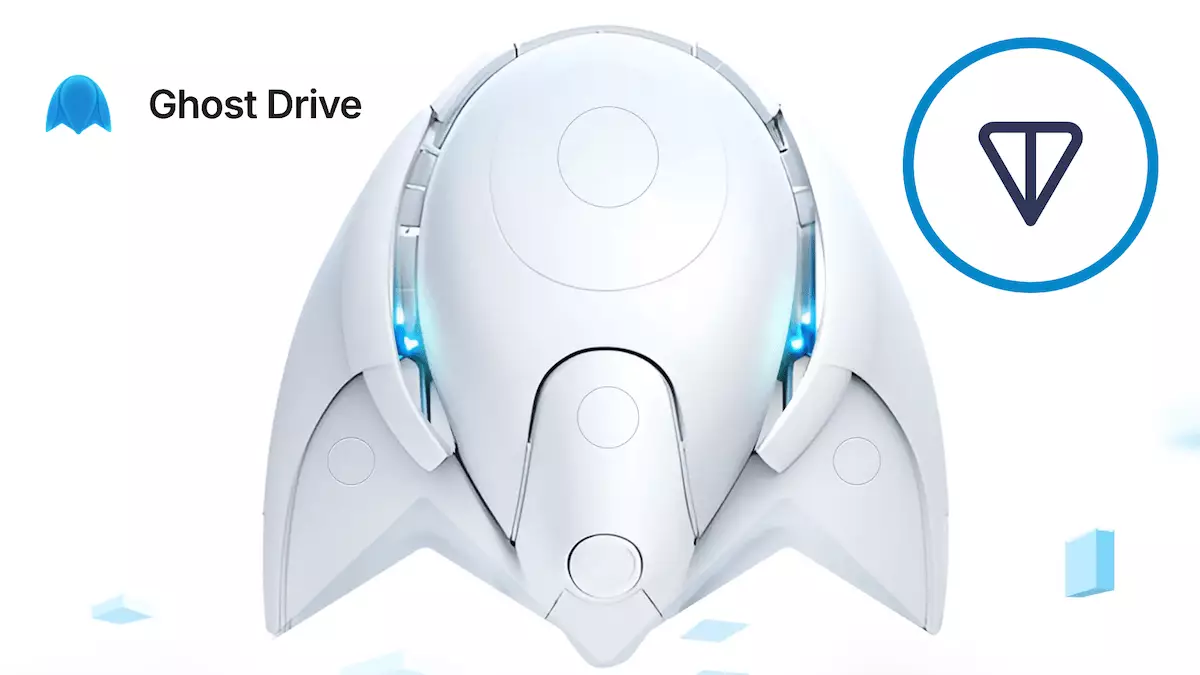The emergence of GhostDrive signals an exciting shift in the realm of decentralized Web3 storage. Despite being relatively new to the scene, this platform has quickly captured the attention of more than 740,000 users monthly. As a Telegram Mini App running on The Open Network (TON) blockchain, GhostDrive redefines how data storage operates, creating a paradigm built on user control, privacy, and decentralization. Unlike traditional Web2 storage solutions like Dropbox, GhostDrive’s innovative revenue model—which includes pay-per-view, streaming, and advertising—positions it uniquely in the constantly evolving digital landscape.
GhostDrive’s architecture integrates advanced decentralized infrastructure, including low-Earth orbit satellite nodes. This eclectic mix marks a significant step toward enhancing data safety and battling censorship. For users weary of surveillance and data breaches posed by large tech companies, GhostDrive’s design promises a degree of encapsulated security that was previously unattainable in the centralized models that dominated the internet landscape.
At the core of GhostDrive’s technical prowess lies its Decentralized Physical Infrastructure Network (DePin). This innovative approach brings together the advantages of TON’s Layer 2 hot storage capabilities and the cold storage technology of Filecoin. The result is a robust solution that tactfully addresses persistent pain points related to traditional decentralized storage systems: exorbitant on-chain costs and sluggish data retrieval speeds. By revolutionizing data access, GhostDrive stands at the forefront of a movement toward practical applications in decentralized storage, offering an appealing alternative to conventional systems.
The intrinsic value of decentralization is a pivotal attribute that GhostDrive leverages in its operations. Here, the distribution of data across numerous nodes acts as a protective barrier, significantly curtailing the risks associated with targeted data breaches. In contrast, centralized services, such as Dropbox, inherently hold vulnerabilities due to their singular focus on centralized servers. The decentralized structure not only enhances security but furnishes users with authoritative control over their data.
With unique encryption features, GhostDrive allows users to safeguard their files from the moment they leave the device. This level of privacy transcends the limitations of Web2 platforms, where intermediary control often compromises user data. Moreover, using blockchain technology provides unparalleled transparency. Each interaction, whether uploading or accessing data, is logged on an immutable ledger, affording users a glimpse into their data’s lifecycle—something traditional providers fail to offer.
What makes GhostDrive particularly distinctive is its integration with the TON blockchain to tokenize data. This feature enables users to transform their files into digital assets that can be traded or sold, opening avenues for new economic models in data management. Users are not just passive consumers; they become active participants in a burgeoning ecosystem that encourages engagement and rewards contributions.
In contrast to the subscription-based models prevalent among traditional cloud storage providers, GhostDrive introduces an enticing rewards program. Users can earn points and gain bonus storage by inviting others and engaging with the platform—an initiative that enhances user interaction and establishes a sense of community, diverging from the impersonal approach common with established providers.
As GhostDrive positions itself within the decentralized storage domain, it illustrates that it is more than a simple alternative; it is a pioneering effort that challenges industry norms. By seamlessly integrating the strengths of TON and Filecoin, GhostDrive aims to set new standards for fast, reliable, and cost-effective data retrieval.
With the promise of enhanced security, user empowerment, and innovative economic models, GhostDrive not only addresses the shortcomings of traditional digital storage but also propels the Web3 ecosystem toward a more decentralized future. For users longing for control, transparency, and engagement, GhostDrive represents a timely innovation that may redefine how we think about storing and managing data in the digital age.
GhostDrive exemplifies a compelling shift towards a democratized approach in data handling, impacting the broader narrative of Web3 technologies. As it continues to evolve, the platform stands to make significant inroads against the data management practices entrenched in the old world.
















Leave a Reply